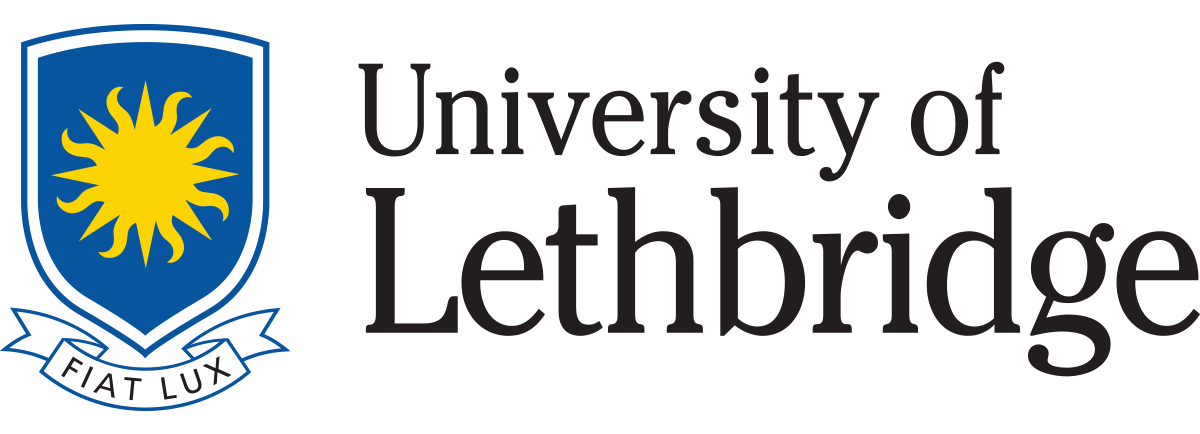Citation:
Abstract:
Ours is the first study to demonstrate an influence of dietary sodium on waterborne copper uptake in fish. We examined possible interactions between dietary sodium and the response of freshwater rainbow trout (Oncorhynchus mykiss) to waterborne copper in light of recent evidence of interactions between sodium and copper metabolism in the gills. Trout were maintained for 6 days on one of four diets of increasing sodium concentration (0.25 mmol g(-1), 0.51 mmol g(-1), 0.76 mmol g(-1) and 1.27 mmol g(-1), which corresponds to 0.6%, 1.2%, 1.8% and 3% sodium by mass, respectively). At the end of 7 days, fish were exposed for 6 h to waterborne copper spiked with (64)Cu to determine if the dietary sodium affected responses to a subsequent short-term waterborne copper exposure. The radiotracer allowed us to distinguish between Cu occurring in fish tissues before the experiment and 'newly accumulated' Cu arising from the experimental exposure. Dietary sodium concentrations of 1.8% or 3% reduced newly accumulated copper concentrations in gill (from 93.9 ng g(-1) in control to 38.9 ng g(-1) and 20.0 ng g(-1) in fish fed 1.8% or 3% Na(+)-supplemented diets, respectively), liver (from 64.3 ng g(-1) to 23.1 ng g(-1) and 7.5 ng g(-1), respectively), kidney (from 29.3 ng g(-1) to 11.7 ng g(-1) and 7.8 ng g(-1), respectively), plasma (from 64.7 ng g(-1) to 21.5 ng g(-1) and 10.7 ng g(-1), respectively) and gut (from 6.8 ng g(-1) to 3.4 ng g(-1) and 2.2 ng g(-1), respectively) by 50.0-88.2%. The 3% Na(+)-supplemented diets also increased plasma and gut sodium concentrations by 38.1% (from 137.1 micromol g(-1) to 189.3 micromol g(-1)) and 104.3% (from 56.5 micromol g(-1) to 115.4 micromol g(-1)), respectively, relative to fish maintained on untreated diets. Whole body uptake rates of both sodium and copper were significantly reduced, and highly correlated (r=0.97) with one another, in fish fed high-sodium diets relative to controls. Moreover, sodium efflux was 12% and 38% higher in fish fed 1.8% and 3% sodium-enriched diets, respectively. Fish fed high-sodium diets also drank more water, but the contribution of drinking to waterborne copper uptake was negligible. From these results, we speculate that, at least in part, aqueous sodium and copper share a common branchial uptake route, probably through an apical sodium channel. According to this hypothesis, as the channel is downregulated with increasing internal sodium concentrations, both sodium and copper uptake from the water are inhibited.
Notes:
Record Number: 2099Dept of Biology, Nipissing University, North Bay, Ontario, P1B 8L7, Canada. gregp@nipissingu.ca0022-0949


